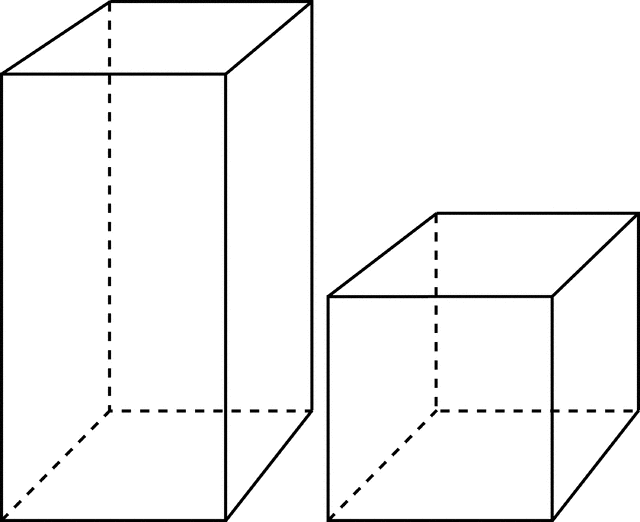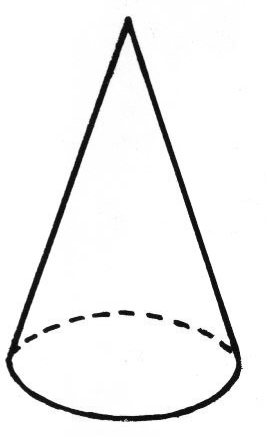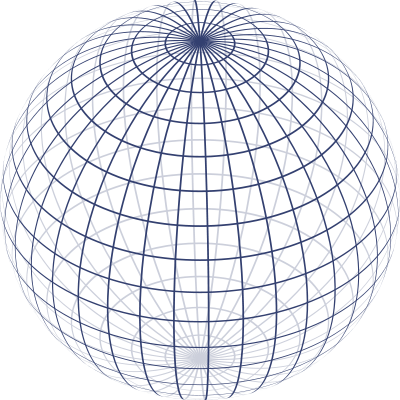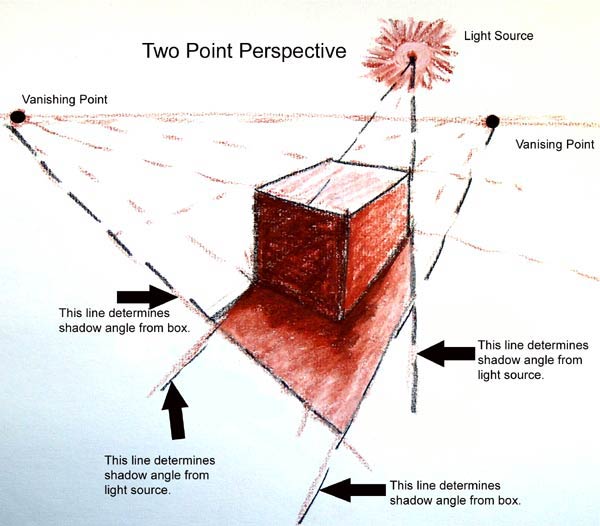We will be spending this week in art class working on drawing in 3-D.
Last week, we went over the main Geometric Forms very quickly. Today we will go over them again more slowly so that everyone will have a chance to practice, practice, practice!
The forms we will mostly be working on are...
Tuesday, January 31, 2012
Tuesday, January 17, 2012
5th grade - Human Body Proportion
The fifth grade classes are working on drawing believable people. That means figuring out all the correct bones and joints in a 'stick figure'. This simply doesn't cut it...
Instead, we can use a drawing mannequin to help us figure out how to draw the basic 'skeleton' of a person... with joints, long bones, pelvic bone, and rib cage!
Here are some basic generalizations that can help you to draw people. Keep in mind that they are generalizations, which means that all people are their own unique measures, but we can use these generalizations as a starting point.
Instead, we can use a drawing mannequin to help us figure out how to draw the basic 'skeleton' of a person... with joints, long bones, pelvic bone, and rib cage!
Here are some basic generalizations that can help you to draw people. Keep in mind that they are generalizations, which means that all people are their own unique measures, but we can use these generalizations as a starting point.
- Adult humans are generally 7 to 8 heads tall.
- Legs are half our height.
- Elbows align with the belly button and swing out in a arc.
- The neck is half the length of the head.
- Feet are the same length as the inside of the forearm.
Labels:
5th,
proportion,
Teacher - Mr. Fretwell,
Teacher - Sr. Smithee
Wednesday, January 4, 2012
3rd Grade Color Harmony Example Project

On the back of the paper, the students wrote the names of the four color harmonies that we learned about in class, then selected colors to fit each one. Once the color choices were selected, the students painted each quarter of the artwork with its own harmony using watercolor paint.
This is a challenging assignment because it requires so much planning and understanding of color theory to do it well, but the students did a fantastic job!
Tuesday, January 3, 2012
6th grade - Two Point Perspective
Two point perspective is the next step after you master one point perspective. This perspective happens when you are looking at an edge of an object. When this happens, the object appears to be connected to two vanishing points on the horizon line that are wide spread. Two point perspectivce actually looks more real to life than one point because people see things from an edge (called an oblique angle) more often than head on (as in one point perspective).
The image above demonstrates how to create 2-point perspective. Below is a drawing using two point perspective.
Since there is one point perspective and two point perspective, can there be more vanishing points?
YES!
Technically, you can use an infinite number of vanishing points. This works really well if the furniture in your room is not all lined up with the walls.
There is also something called 3 point perspective.
This is useful for drawing a skyscrapper from the viewpoint of a pedestrian on the sidewalk, or a sun shadow being cast by a building.
3rd grade - Color Theory, part 2
Color Harmonies
Now that we have reviewed our color wheels and tint and shade, it is time for some new information on color!
When an artist chooses the colors to put in an artwork, there are some rules for choosing well. They are called COLOR HARMONIES.
A harmony is a collection of things that go well together. For instance, in music, a harmony is two or more notes that sound really nice when played at the same time. In art, a harmony happens when two or more colors are used next to each other that look really good together. There are many different color harmonies. We are learning four of them this year. They are ANALOGOUS, COMPLEMENTARY, TRIADIC, and MONOCHROMATIC.
When an artist chooses the colors to put in an artwork, there are some rules for choosing well. They are called COLOR HARMONIES.
A harmony is a collection of things that go well together. For instance, in music, a harmony is two or more notes that sound really nice when played at the same time. In art, a harmony happens when two or more colors are used next to each other that look really good together. There are many different color harmonies. We are learning four of them this year. They are ANALOGOUS, COMPLEMENTARY, TRIADIC, and MONOCHROMATIC.
ANALOGOUS


An analogous color harmony is made up of colors that sit next to each other on the color wheel. These colors naturally blend together nicely and create a very calm and peaceful feeling picture. A perfect example is a sunset.

COMPLEMENTARY



COMPLEMENTARY


A complementary color harmony is made of two colors that are opposites on the color wheel. Color opposites are very striking together and make a picture POP! They are very exciting together.


Subscribe to:
Comments (Atom)




















+dig+pics+015.jpg)